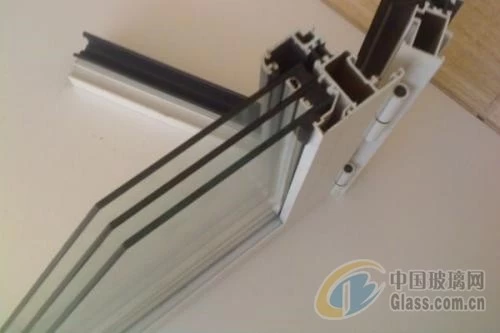|
Some friends who are more concerned about the glass industry may often hear people mention high-speed wire window glass UV protection. We often come into contact with high-speed rail window glass to prevent UV rays, but because many people's understanding of the glass industry is not deep enough, it has caused various problems around it. In order to help everyone learn more about insulating glass and solve your doubts, we have compiled this article and hope to be helpful.

First, the structure of the insulating glass
The insulating glass is composed of two or more layers of flat glass. The high-strength and high-air-tight composite adhesive is used to bond and seal two or more pieces of glass with the sealing strip and the glass strip. The middle is filled with dry gas, and the frame is filled with a desiccant to ensure the dryness of the air between the glass sheets. Various original glass sheets with different properties can be selected according to requirements, such as colorless transparent float glass embossed glass, heat absorbing glass, heat reflecting glass, wired glass, tempered glass, etc. and frame (aluminum frame or glass strip, etc.). Made by cementing, welding or welding.
Its structure is shown as a double-layer hollow glass sectional view. Insulating glass can be used in 3, 4, 5, 6, 8, 10, 12 mm thick sheets of original glass, and the thickness of the air layer can be separated by 6, 9 and 12 mm.
The thermal conductivity of glass is 27 times that of air. As long as the insulating glass is sealed, the insulating glass can provide thermal insulation.
There is a certain space between the glass and the glass of the insulating glass. The frame is filled with a desiccant to ensure the dryness of the air between the glass sheets. The distance between the two layers of insulating glass is generally 8 mm.
High-performance insulating glass is different from ordinary ordinary insulating glass. In addition to sealing the dry air between the two layers of glass, it is also coated with a special metal film with good thermal properties on the side of the outer air layer of the outer glass. It cuts off the considerable energy that the sun shines into the room, giving it a greater insulation effect.
Second, the insulating glass production process
1 The heated glass should be pressed with multiple sets of pressure rolls and gradually pressed to the required thickness. Each set of press rolls should be parallel to each other to ensure uniform thickness of the pressed glass.
2 The temperature of the strip at the exit of the press should be controlled at 40-55 °C.
3 The sealing of the insulating glass hollow glass adopts a three-step procedure, that is, the sealing operation of the insulating glass after the pressing, turning and pinching procedures are completed.
1 pressure: the outer strip is pressed along the vertical direction of the side to the other strip, until the two strips are completely fused together;
2 turn: the excess glue is smoothed along the space layer in the middle of the hollow glass, so that there is no excess glue on the outside;
3Pinch: Pinch two pieces of glass inward to eliminate the gap caused by the separation of the glass to the outside due to pressing and turning.
Attention problem
1 the temperature of the strip leaving the hot press;
2 strip sealing temperature, thickness, flatness, displacement;
3 the integrity of the sealing surface of the strip;
4 seals are strict.
|